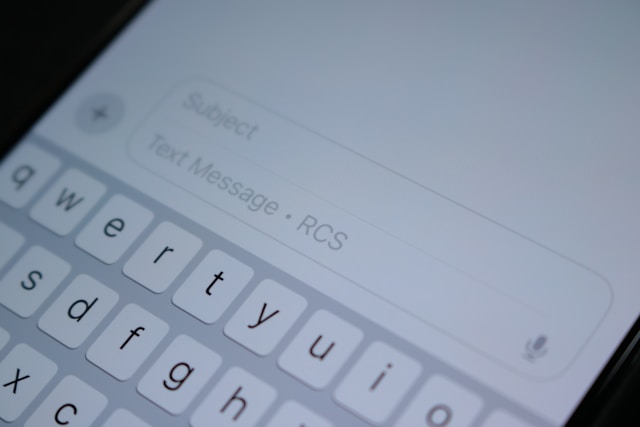Text messaging has become an invaluable commodity in the business environment. Short Codes and Long Codes are the tools that are typically embraced to make this interaction possible. The choice between one and the other is highly consequential, influencing your connection speed, your reach, and the suitability of messages transmitted. Short Codes tend to deliver urgent notifications rapidly, while Long Codes extend the option for personalized customer interaction. Making the appropriate choice entails comprehending the core differences between these two options. In this paper, you will study these differences so that you can make a more informed decision about your SMS strategy.
Understanding SMS Short Codes
Short codes are typically five or six-digit numbers. They are primarily used in modern marketing, mass notifications, and advertising. Their characteristic feature is the ability to send and receive a large volume of text messages at high speed. This quality makes them amply suitable for business campaigns that demand rapid response. These numbers are relatively short and therefore customers can easily remember them thereby raising the level of interaction. Such codes are also adopted by industries such as the retail industry, hospitality industry and non profits to encourage customer engagement and interaction. All in all, a SMS short code service belongs in business scenarios where mass messaging is required and speed is critical.
Exploring Long Codes in Messaging
Long codes are normal 10-digit phone numbers that people use every day as part of personal messaging. They convey a sense of smaller, friendlier interaction and are usually pertinent to customer service and two-way dialogue. These codes can send less volume as they cannot manage the high traffic that short codes do. However, they make up for this inability in a more personalized interaction. It is an excellent choice for businesses on small budgets or projects requiring precise audience targeting. Most importantly, companies that gain the most service from these codes are small to mid-sized, local businesses that desire to construct long-term relationships with their clients.
Comparing Speed and Reach
Depending on the type of business, short codes and long codes differ greatly in speed and reach and can affect business appropriateness. Bulk messages can be sent using short codes, which are suitable when urgent promotions are needed or a quick alert is required. To send thousands of messages to several recipients in moments, the short codes have incredible speed and a quick delivery time. Long codes come with a disadvantage of speed because they deal with comparatively lower volumes and have longer delivery times. However, long codes offer geographical flexibility, allowing you to use local numbers and soothe your audience more naturally. Depending on the delivery speed or engagement, you can select short or long codes for your messaging needs.
Business Uses and Practical Examples
Marketing campaigns tend to favor short codes, while long codes find usage in customer support. Short codes easily integrate into promotional activities, like contests, surveys, and discount offers because of their fast delivery and mass messaging capabilities. To illustrate this, companies like Coca-Cola or Subway have employed short codes in campaigns to enable quick responses and increased audience engagement. On the contrary, long codes provide a lively environment where customers can freely ask questions, resolve concerns, and receive personalized updates. The startup “Lemonade” uses long codes to facilitate rapid and friendly exchanges. Some businesses successfully merge both, deploying short codes for broad messaging and long codes for one-on-one follow-ups. This approach enables them to achieve extensive outreach while still being personal and responsive.
Choosing the Right Option for Your Needs
The correct decision between short codes and long codes is based upon a list of vital factors, such as your budget, and your messaging requirements and the type of interaction you want. Large-scale campaigns are better served by short codes, and small campaigns with large companies are better served by long-codes due to their cost and personal appeal. You will have to understand the nature of your target audience and what they prefer to define the context in which you use these codes. Balancing budget and effectiveness often leads to the need for strategies that can incorporate both short codes for messaging velocity and long codes for customer replies. Ultimately, the choice must be a rational choice that speaks to the kind of communication you desire in your business.
Conclusion
Short codes and long codes are two different forms of communication, and understanding them is critical to your SMS strategy. The short codes are quick and efficient when sending bulk messages and the long codes provide more personalized interaction. By aligning this decision to your business objectives, you will realize your business objectives and satisfy your customers. Think about what your audience needs and then decide on a plan and be able to change. Making this decision properly can make the difference between effective communication and client engagement in business.


